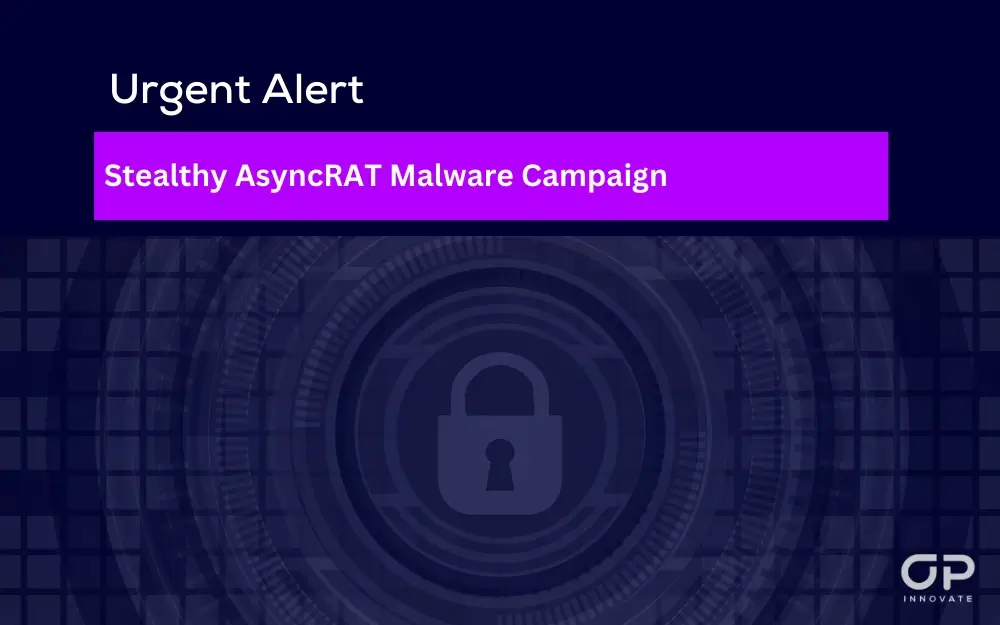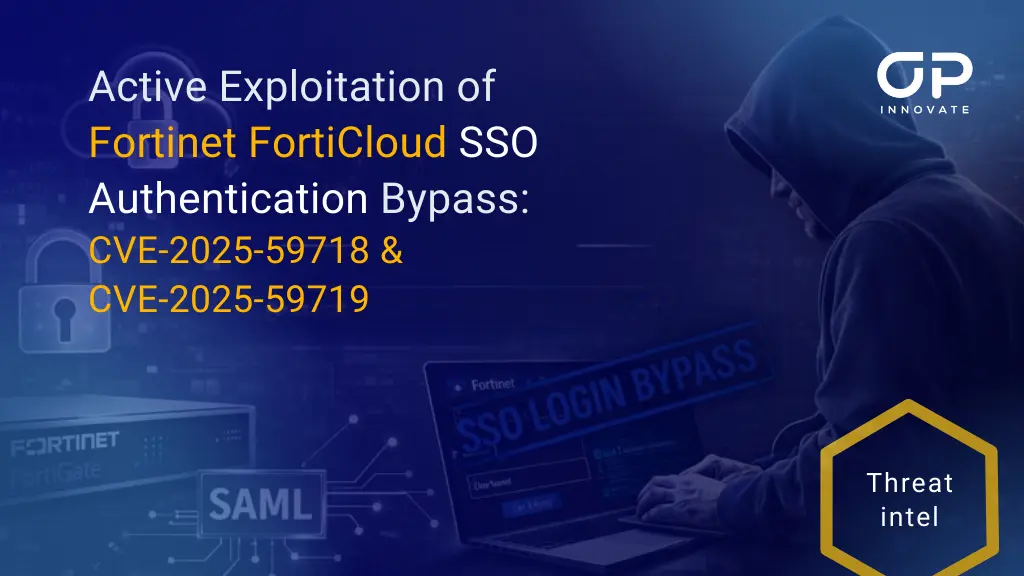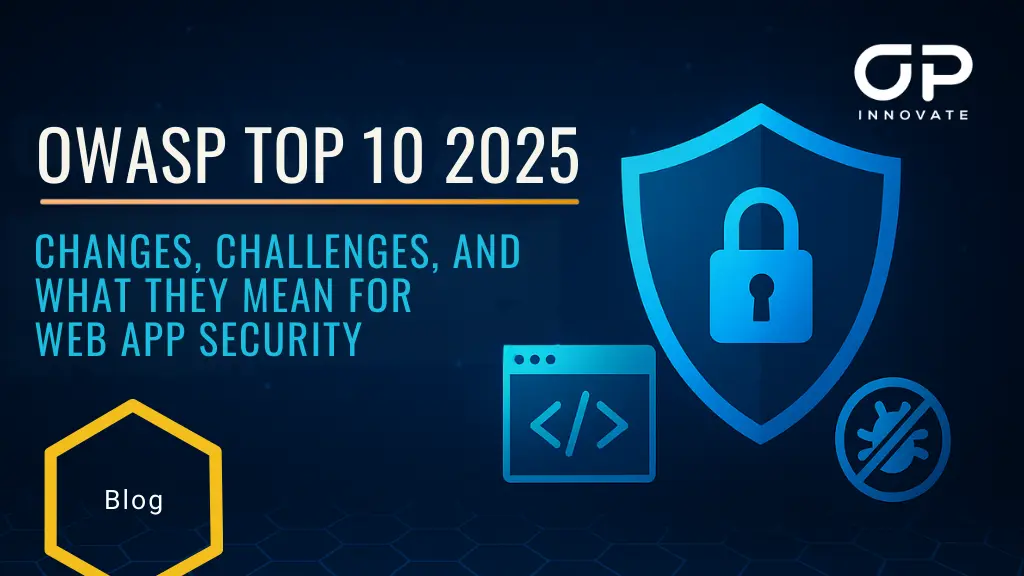A sophisticated malware campaign, dubbed “Stealthy AsyncRAT”, has been active for at least 11 months, predominantly targeting U.S. infrastructure. The primary tool used in this campaign is AsyncRAT, an open-source Remote Access Trojan (RAT) designed for Windows, known for its capabilities in remote command execution, keylogging, data exfiltration, and deploying additional malware payloads.
Stealthy AsyncRAT Technical Overview:
- Malware Type: AsyncRAT – Remote Access Tool for Windows
- Capabilities: Remote command execution, keylogging, data exfiltration, deploying additional payloads
- Distribution: Phishing emails with malicious attachments leading to download of obfuscated scripts
Attack Vector:
- Initial Infiltration: Phishing emails with a malicious GIF attachment, leading to an SVG file, which then downloads JavaScript and PowerShell scripts
- Loader Functionality: Performs anti-sandboxing checks, communicates with C2 server to determine victim eligibility for infection
- Obfuscation Techniques: Use of 300 unique loader samples with minor alterations, decoy payloads in analysis environments
Targets
- U.S. Infrastructure: Specific individuals and companies managing key infrastructure in the United States have been the primary targets, indicating a potential focus on industrial espionage or disruption.
Tactics, Techniques, and Procedures (TTPs)
- Domain Generation Algorithm (DGA): The attackers use a DGA to generate new command and control (C2) domains weekly, complicating tracking efforts.
- Obfuscation: The campaign utilizes various obfuscation techniques, including altering code structure and using diverse file types (PowerShell, WSF, VBS) to bypass antivirus detection.
- Evasion: The malware assesses the environment before deployment, releasing decoy payloads in analysis environments to mislead researchers.
- Data Exfiltration: AsyncRAT is used for stealing sensitive information, including credentials and cryptocurrency data.
Domain Generation Algorithm (DGA):
- Function: Generates new C2 domains every Sunday
- Characteristics: Domains use the “top” TLD, eight random alphanumeric characters, registered in Nicenic.net, use South Africa as country code, and hosted on DigitalOcean
Research and Analysis:
- Detection and Analysis: Conducted by AT&T’s Alien Labs and Microsoft security researcher Igal Lytzki
- Indicators of Compromise: Provided by Alien Labs for implementation in network analysis and threat detection tools like Suricata
Potential Impact on Targeted Organizations
- Operational Disruption: Given that the campaign targets U.S. infrastructure, a successful AsyncRAT infection could lead to significant operational disruptions. This includes the potential sabotage of critical systems, leading to downtime and service interruption.
- Data Breach and Theft: AsyncRAT’s capabilities in keylogging and data exfiltration pose a high risk of sensitive data theft. This could include intellectual property, sensitive operational data, and personal information of employees or customers.
- Financial Losses: The direct and indirect financial impact could be substantial. This includes costs related to incident response, system restoration, legal liabilities, and potential fines for data breaches.
- Reputational Damage: A successful breach could harm the reputation of targeted organizations, leading to a loss of customer trust and potentially impacting future business opportunities.
- Compliance and Legal Implications: Entities in regulated industries may face compliance issues and legal ramifications if sensitive data is compromised, especially if they are found to have inadequate cybersecurity measures.
Stealthy AsyncRAT Mitigation and Recommendations:
- Phishing Awareness: Train staff to recognize and report phishing attempts
- Network Monitoring: Implement network analysis tools with Alien Labs’ signatures
- Regular Security Audits: Conduct frequent scans for malware and anomalies
Recommendations
Organizations, especially those in critical infrastructure sectors, are advised to remain vigilant, regularly update their cybersecurity practices in line with the evolving threat landscape, and engage in active threat hunting to detect potential AsyncRAT infections.









